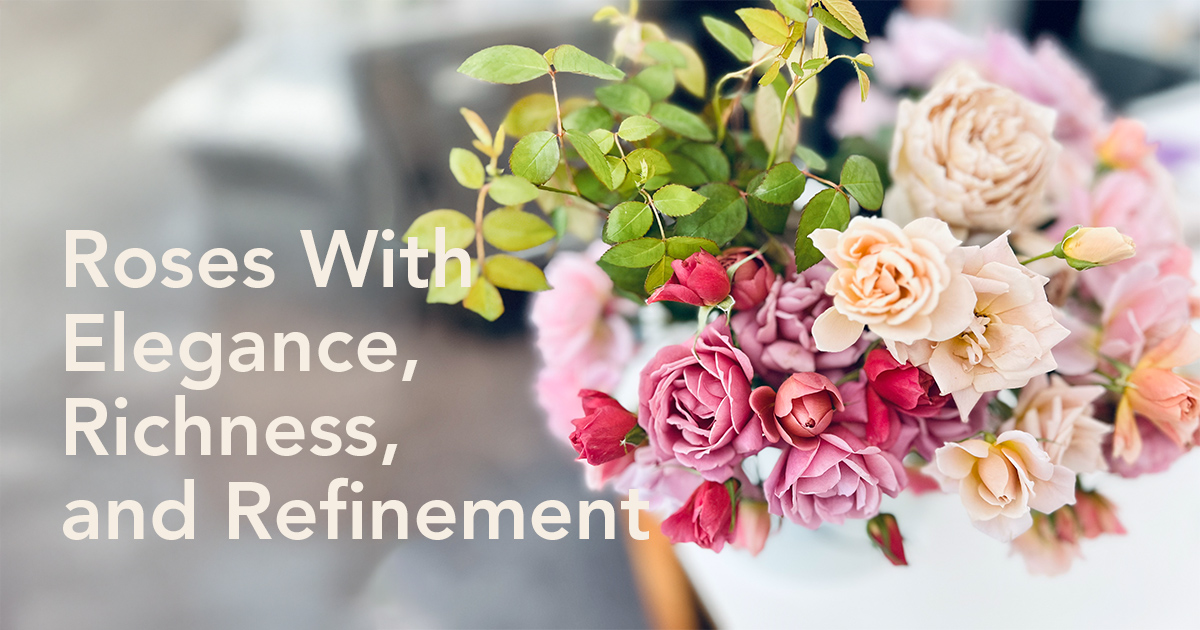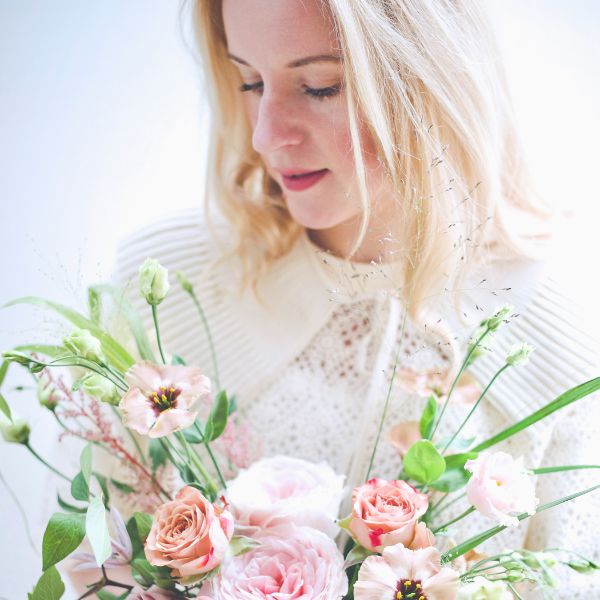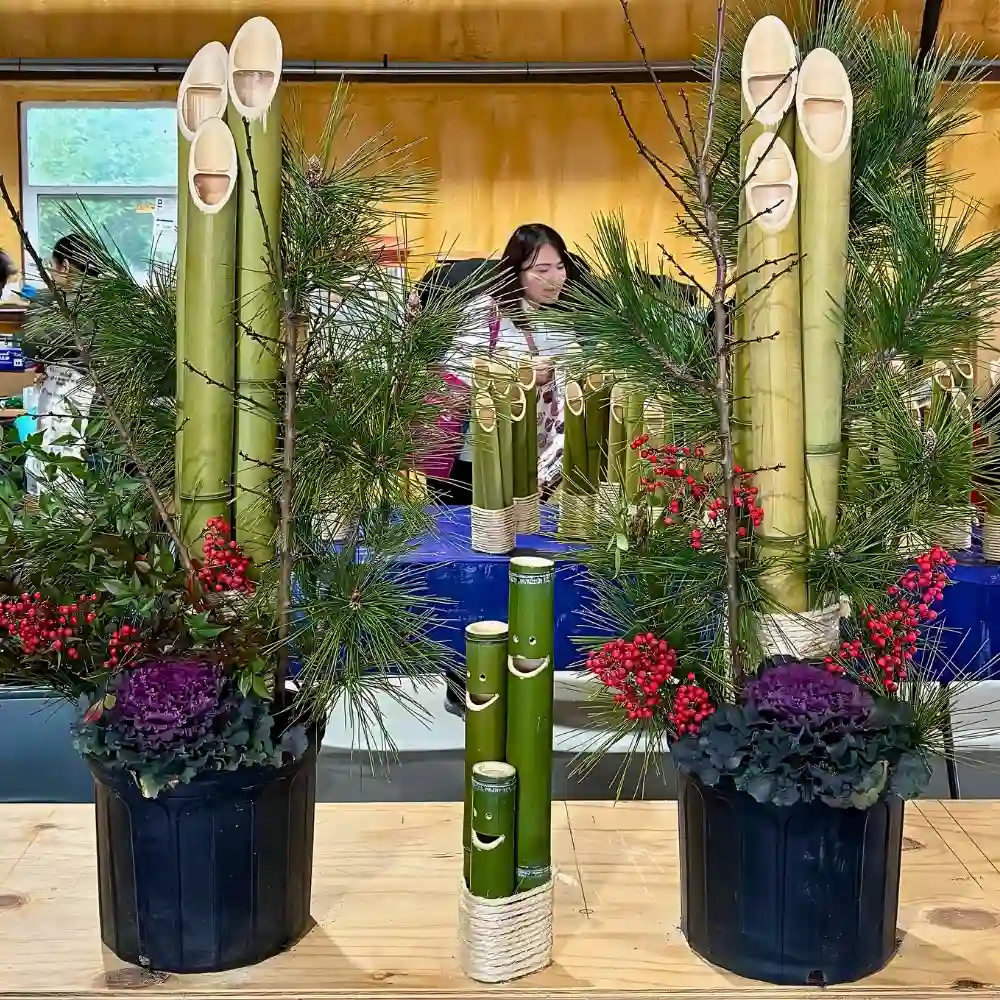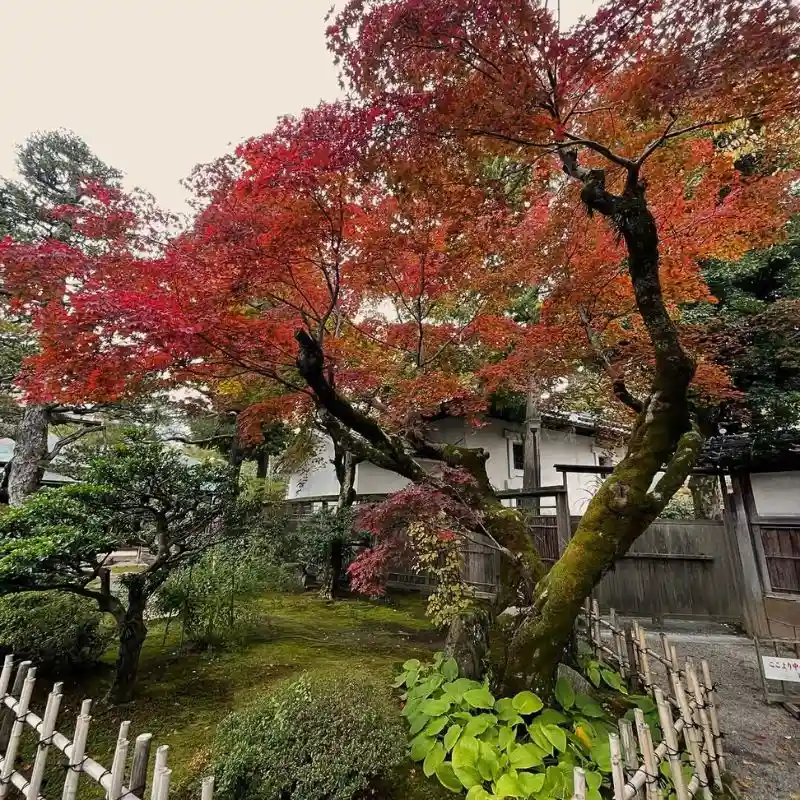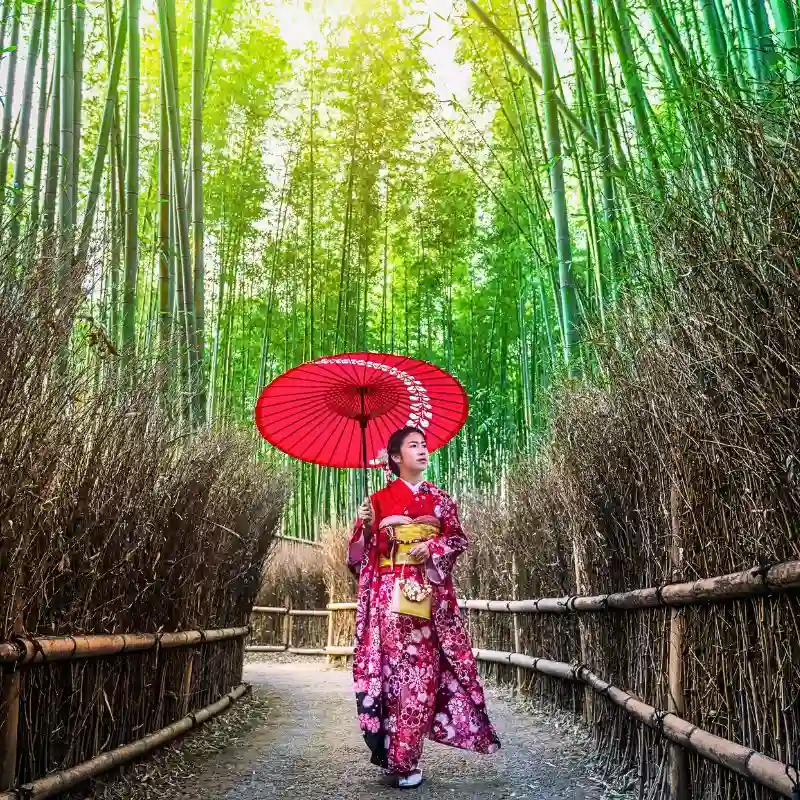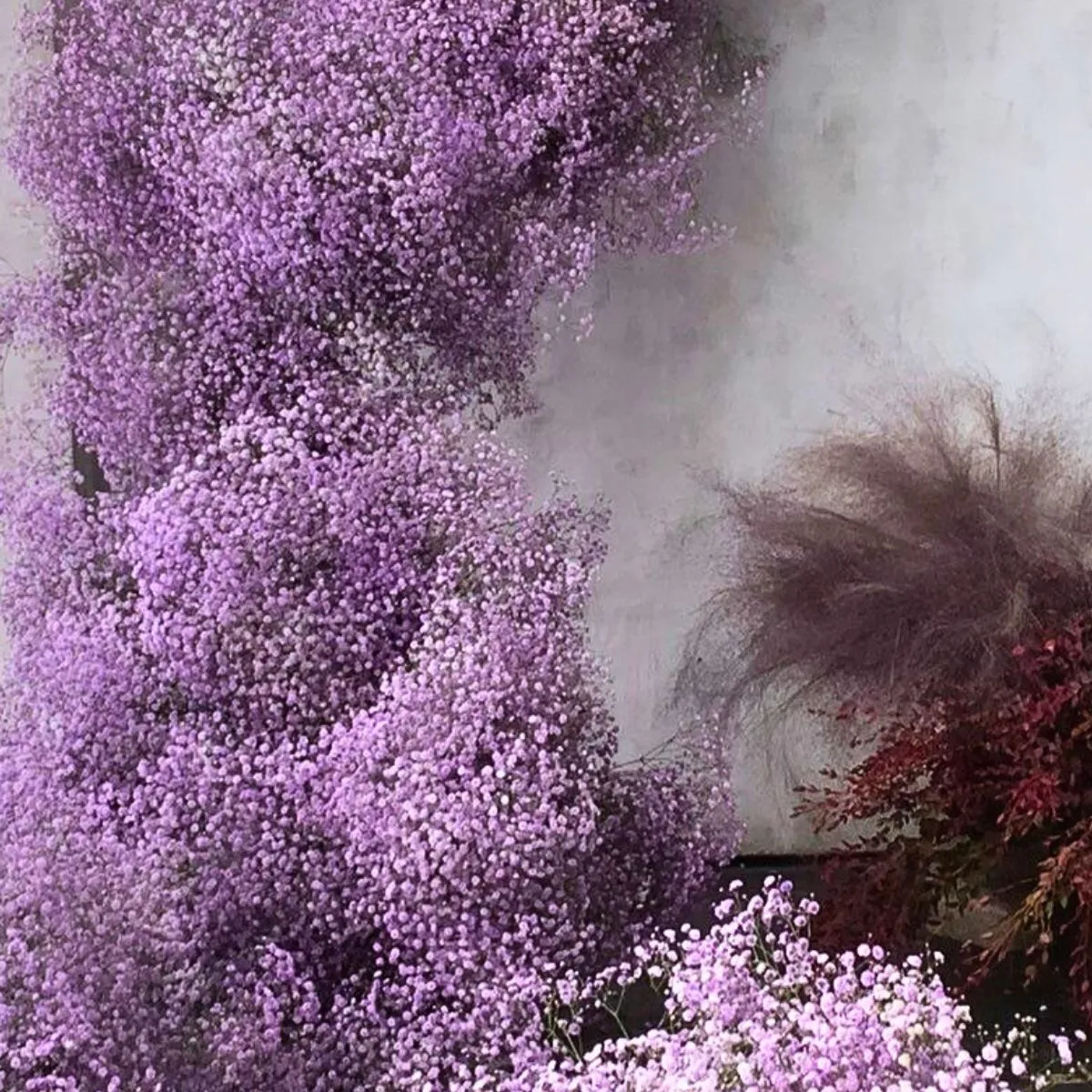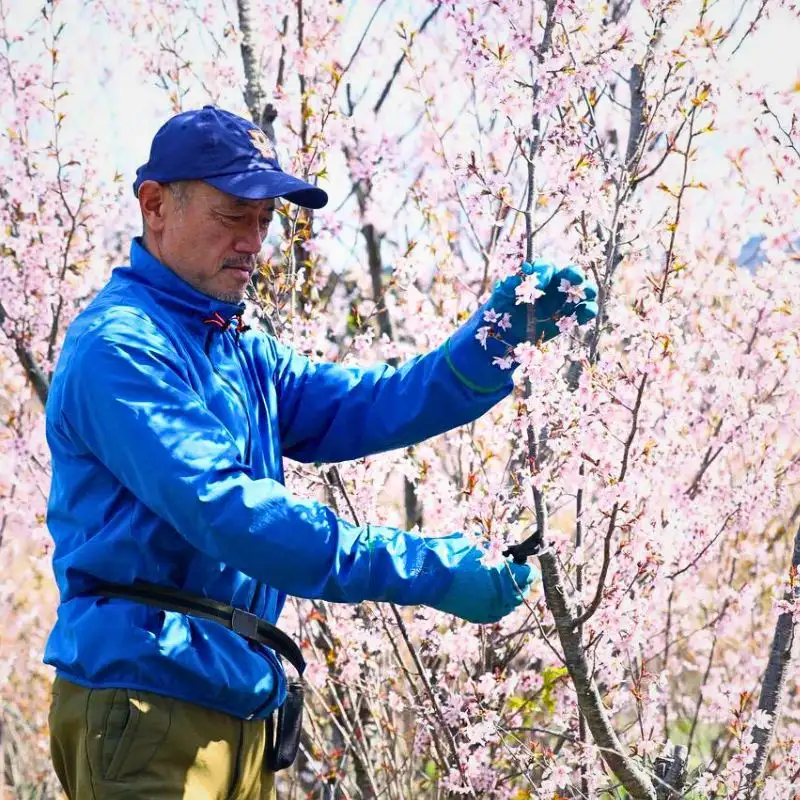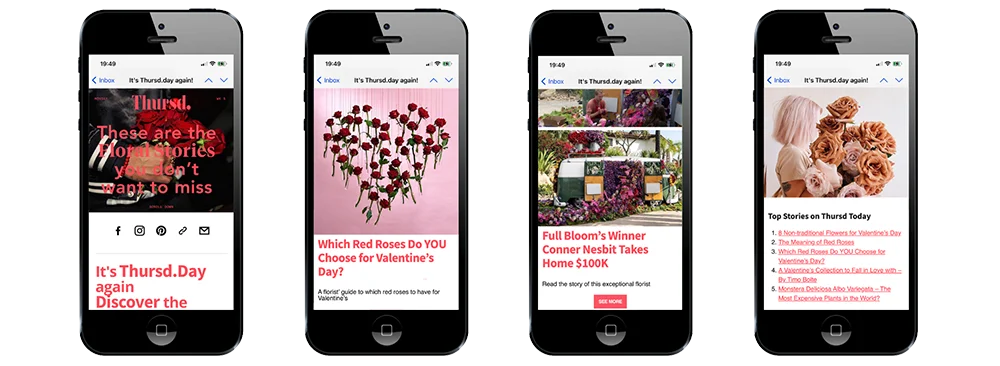I visited Japan for the first time exactly a year ago to celebrate the birthday of a dear friend who turned 80 on February 27, 2024. The experience opened up a whole new world to me, and I returned both culturally and personally enriched, with newfound Japanese friends, unforgettable experiences, and a deep love for this extraordinary country.
I wrote a series of exclusive blog posts on Thursd.com that I named Japan, My Love: 7 Reasons I Fell in Love With Japan. In this series, I will highlight some of the most striking aspects of my journey. We’ve decided to release them weekly, much like a Netflix series, throughout the spring. If you love Japan or are simply intrigued by its beauty and culture, I invite you to join me on this spring blogging journey.
Chapter 5: Wabara, Love at First Sight
In the West, we have the iconic David Austin English garden roses; in Japan, there are the legendary Wabara garden roses (see my Extraordinary Wabara Roses From Japan blog on Thursd). Both are masterpieces created by brilliant rose breeders: David Austin Sr., who began cultivating exquisite English roses in 1961, and Keiji Kunieda, who started his rose breeding journey in 1981 at his father's Rose Farm KEIJI near Kyoto, Japan.


For me, these two distinctive breeders are my absolute favorites, and I consider their roses among the finest in the world. I’m an avid rose lover; roses are, without a doubt, my favorite flower. As a wedding and event floral designer at Katya Hutter Floral Design, I’m always thrilled to have the opportunity to work with such exceptionally beautiful roses.

Photos by Alexandra Vonk. Styling by Shirley Pisano, Bloom Wedding & Events.
Wabara Roses in My Ultra-Luxury Wedding Design
Last year, I had the chance to work on an extraordinary ultra-luxury wedding (see my blog Rose Gardens of the World on Thursd), where Wabara roses were featured during the exclusive pre-wedding dinner. They were the undisputed stars of the evening, bringing elegance, richness, and refinement to the entire look.

In this chapter, part of my special series of exclusive blog posts on Thursd, Japan, My Love: 7 Reasons I Fell in Love with Japan, I’d like to share my admiration for the exquisite Japanese garden roses. I’ll take you along on my visit to their headquarters in Tokyo, where I had the pleasure of meeting Ken Kunieda, CEO of Wabara. I also had the chance to taste their signature Wabara Rose Petal Tea, indulge in their luxurious cosmetics line made with the wonderfully scented roses, and see several stunning Wabara rose varieties, some of which are very rare.
First things first: I fell in love with Wabara roses at first sight. These unique and luxurious roses were introduced to me by Wouter De Vries, a passionate rosarian and the owner of Belle Époque rose nursery here in the Netherlands. He’s now focused on cultivating potted Wabara rose plants for gardens.

The Extraordinary Color Gradient
When I first saw the Wabara Miyabi variety, I was completely captivated by its extraordinary color gradient: from deep pink to soft blush outer petals, with warm beige, caramel, and orange hues at its heart. Looking at them felt like hearing a beautiful melody, shifting from an emotionally intense crescendo to a soft, calming tune, drawing you into a core of radiant warmth. The rose, or the feeling it evokes, grows in intensity like a beautiful piece of music reaching its emotional peak, before softening into calm, just like a melody gently fading out. And the petals, so rich, lush, and abundant, were almost too perfect to be real. This rose radiates pure luxury and beauty.
Its slightly softer-toned sister, Miyabi Brown, has become especially popular among my brides who seek an unusual and elegant color palette of warm sand, beige, and caramel for their special day.

During my trip to Japan, I visited the Japanese Flower Auction (see Chapter 3 about Japanese Flowers) with Akiko Ishii and her colleague Hiroshi Uchimura. Akiko kindly suggested visiting the Wabara headquarters in Tokyo and meeting Ken Kunieda, the son of the founder, who has taken over his father’s legacy and now leads the Wabara brand.
A 360-Degree Sensory Experience
Under his direction, Wabara has evolved into a contemporary 360-degree sensory experience, expanding into a luxury cosmetics line made with rose extracts, a curated tea collection, and special farm tours, complete with a goody bag and a glass of champagne.

The visit was absolutely delightful. As we stepped through the doors of what Akiko and I affectionately called the Floral Lab, nestled in a busy Tokyo business district, we changed into slippers and stepped into the serene, artful ambiance of the studio. We were warmly welcomed in the traditional Japanese way by Ken and his lovely assistant.
Inside, we discovered so many wonders. We tasted a selection of their refined teas, each infused with a different Wabara rose variety. Some had a savoury note, others were fruity and fragrant, it felt like a chic wine tasting, only with tea!

Trying Wabara's Signature Bestsellers
I’ve always loved beauty products, and I had the chance to try some of their signature bestsellers. The Wabara rose water, which I still have, smells divine and refreshes the skin beautifully. The rose petal face mask is so pure, it leaves my skin hydrated, glowing, and beautifully plumped. Who would have thought that visiting a rose breeder would enrich my personal beauty routine?!

An Almost Ethereal Elegance
Of course, the highlight of the visit was seeing the locally grown Wabara roses that were brought in from their farm near Kyoto. Japanese-grown Wabara roses are finer and more delicate than any I’ve seen elsewhere. The color palette of Wabara roses is truly extraordinary. As a wedding and event floral designer, I often discover unique hues in these roses that I simply can’t find anywhere else. Their colors are refined and shift in intensity as the blooms open, vibrant yet subtle, with an elegance that feels almost ethereal.
One exceptional variety is Charlotte Perriand, named after the legendary French architect, a true masterpiece of Keiji Kunieda’s breeding. Its pearl-like tones and gentle glow are both rare and incredibly sophisticated. Another standout is their dusty pink Spray Rose Ioli, one of the few varieties in this hue, and highly sought after by brides looking for something truly distinctive.

The tones of Wabara roses are soft, almost faded, sophisticated, pastel, and pure, making them ideal for impressionist, garden-style floral designs (see my blog My Guiding Principles in Floral Design). The palette ranges from blush, soft pink, and peachy orange to gentle yellows, lavenders, and deeper pinks, each with its own delicate character.
At the end of our visit, we took a few photos together and left the Wabara Lab elated and inspired, glowing with the after-effects of beauty, artistry, and genuine human connection. It was a meaningful encounter with Ken, his father’s legacy, and of course, the extraordinary Wabara roses.

I left with a beautiful bouquet in hand and a dream in my heart: to one day create a coffee table book about my favorite, most special roses in the world. The exquisite Wabara roses will absolutely have a place in it.
Wishing you a beautiful day,
Katya xxx
I hope you enjoyed this story! You can read the other chapters from my journey to Japan here:
- Chapter 1 - Japanese People
- Chapter 2 - Japanese Blossom Trees
- Chapter 3 - Japanese Flowers
- Chapter 4 - The Art of the Japanese Kimono
- Chapter 6 - Japanese Food, a Culinary Journey
- Chapter 7 - Letting Flowers Speak
Wishing you a beautiful day,
Katya xxx
Reportage Photography & Story: Katya Hutter Floral Design (Instagram: @katyahutterfloraldesign). Photography: Alexandra Vonk.

